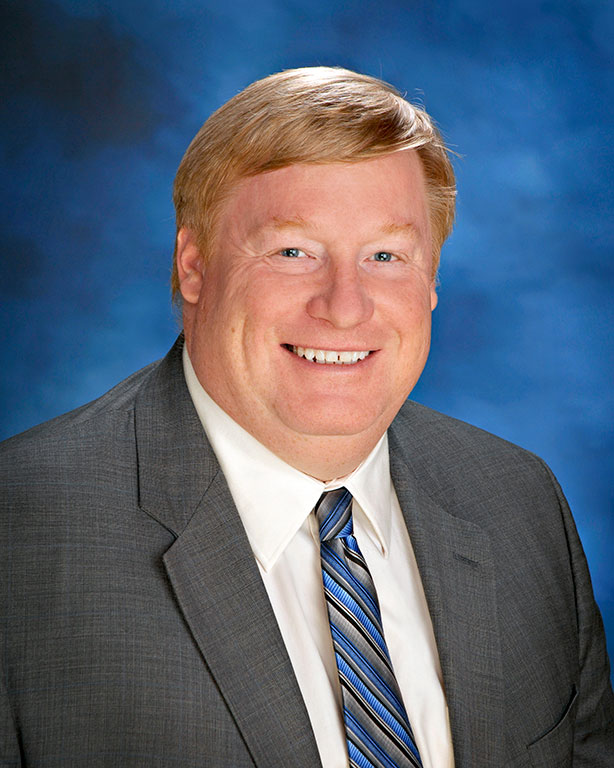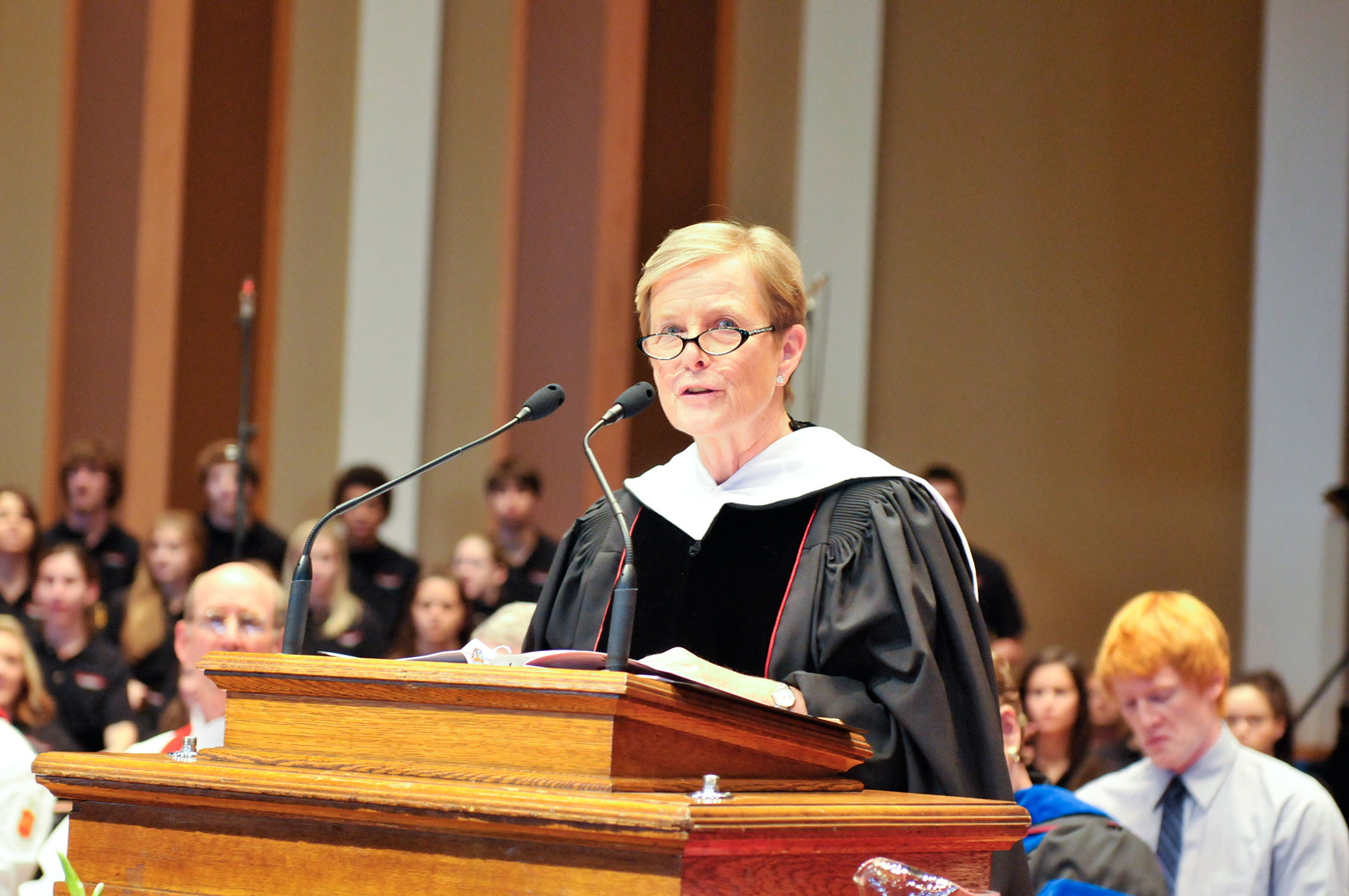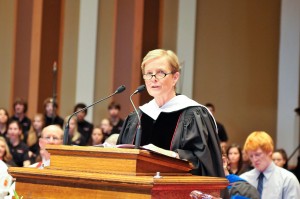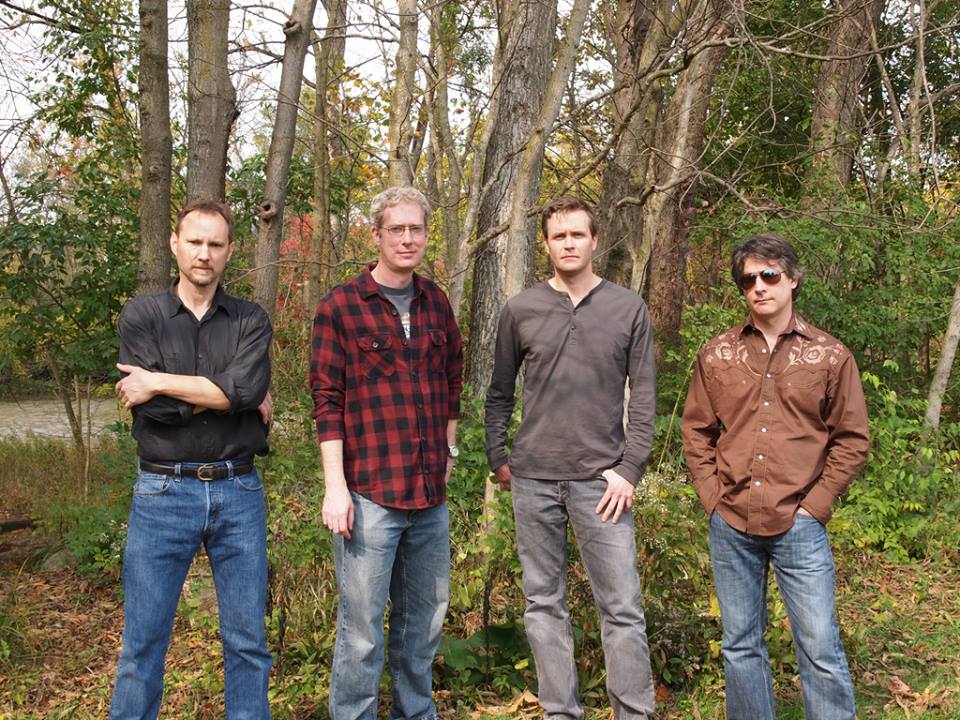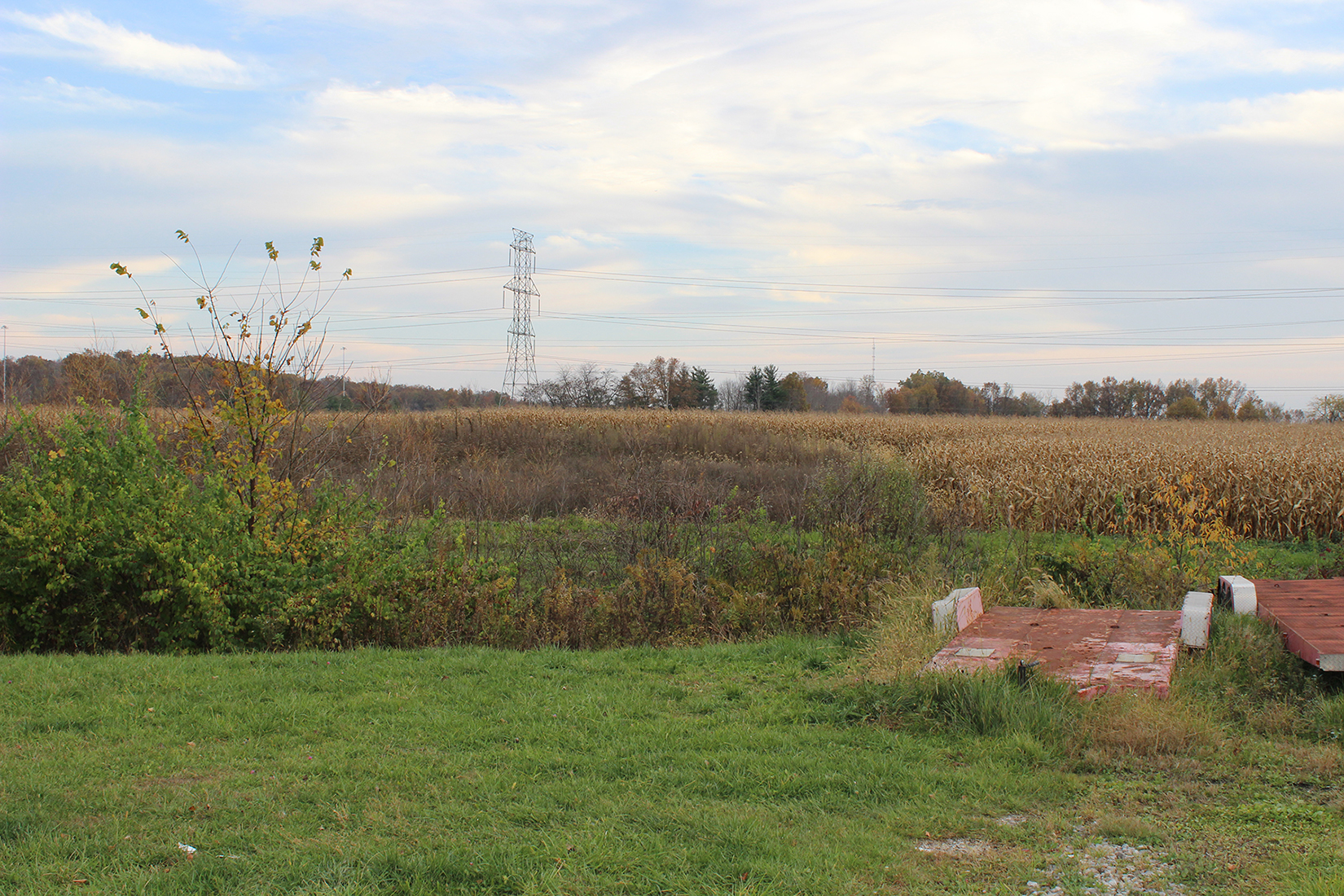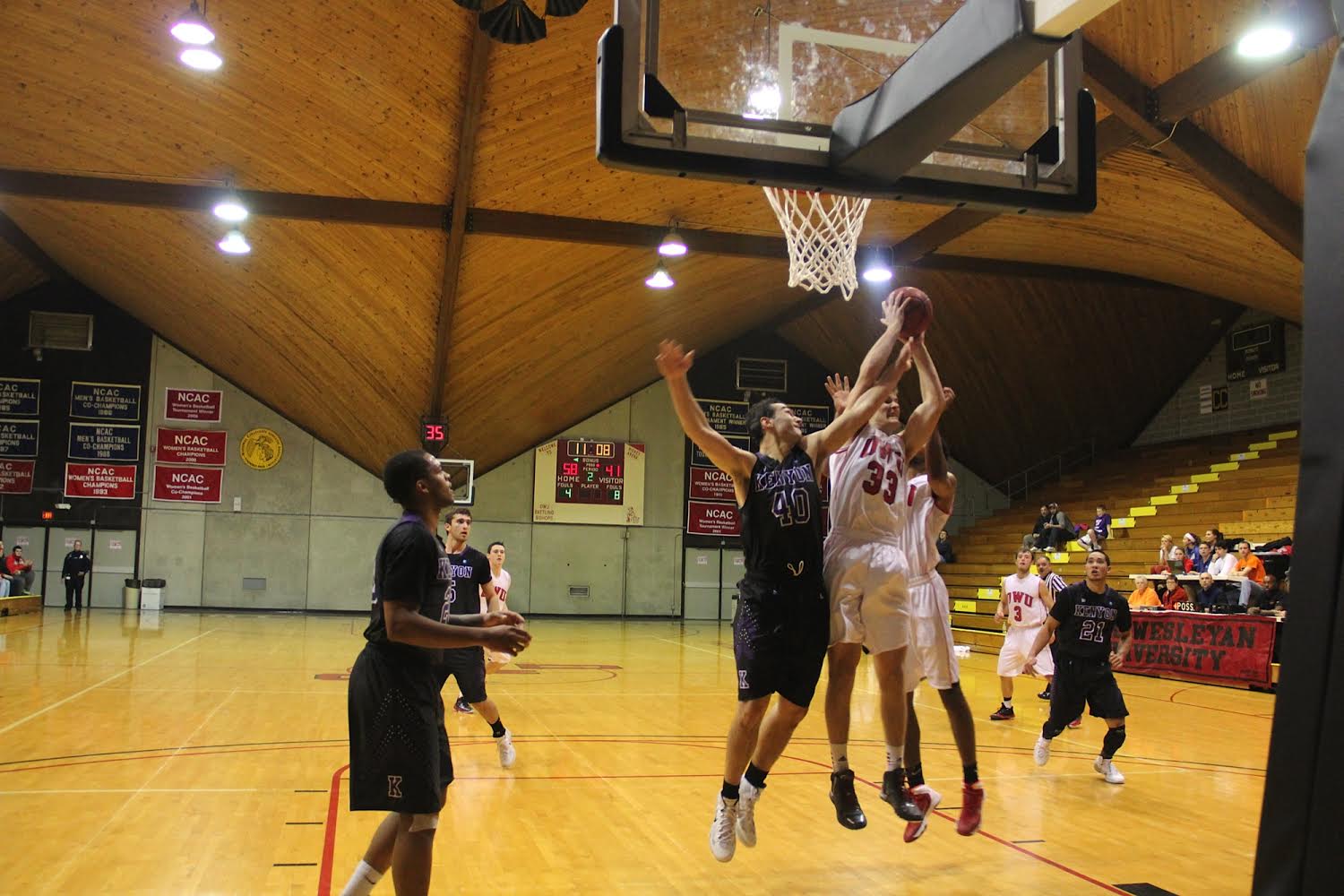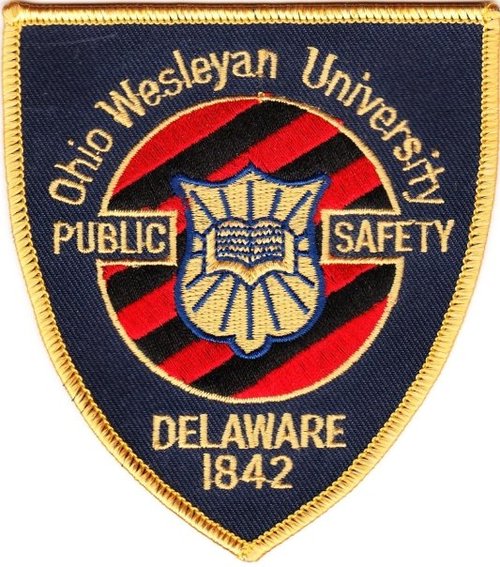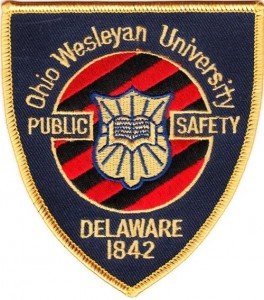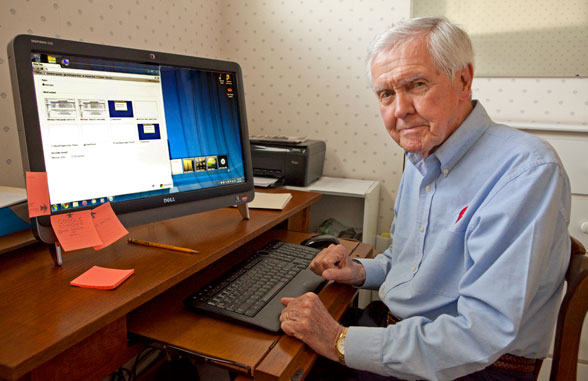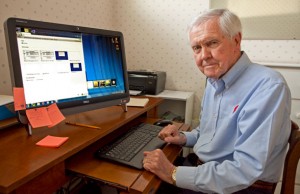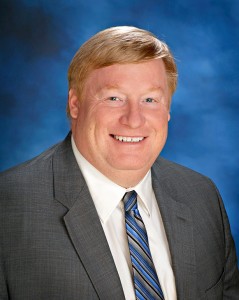
By Maddie Oslejsek
Transcript Correspondent
The Assessment Committee and Provost’s Office at Ohio Wesleyan are offering $15 to 125 first-year students who complete an online test that measures critical thinking skills.
The Council on Aid to Education developed the test in 2000 and called it the Collegiate Learning Assessment (CLA). It has since been updated to CLA+, a version that provides students with their scores and an explanation of where those results place them academically at their own institution and nationwide.
The test is split up into two parts. In the first part, students are presented with a problem along with documents and data related to the question. They must choose a position and use the materials given to support their stance. The second part involves reading short sections and answering multiple-choice questions.
After completing the hour and a half long test, students receive $15. The cash payment for participation is the incentive the university is using to try to get students to take the test. So far, 115 of the needed 125 first year students took the test. The remaining ten students can sign up to take the CLA+ before the online portal closes Friday.
Barbara Andereck, the assistant provost for Assessment and Accreditation and an administrator on the Assessment Committee, said the goal for the test is to benefit students and their learning by allowing the university to determine where it is strong in educating students and where it needs to improve.
More than 700 institutions in the United States and internationally have used these assessments to keep track of the difference between growth in student learning at their college or university compared to other institutions, according to the Council’s website.
Though colleges have continually measured student learning within courses, Andereck said, there is an external push to assess student learning and outcomes outside of the classroom to demonstrate students’ improvements throughout college in skills such as problem solving, scientific reasoning, critical reading and critiquing an argument.
OWU plans to use the data from CLA+ to improve the curriculum and teaching at the university.
“Without a regular and systematic assessment program institutions are in danger of having negative reviews from their accrediting agencies,” Andereck said.
The Assessment Committee hopes to have general data related to last year’s CLA results to share with the campus later this academic year.
